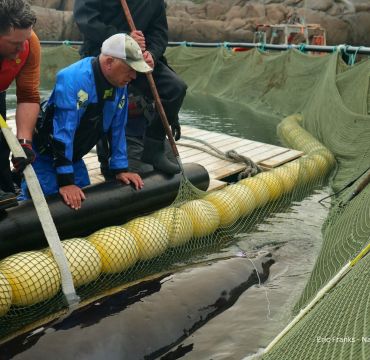The Minke Whale Hearing project
This project will be the first to measure the hearing sensitivity of baleen whales. Such knowledge is critical to protecting baleen whales from human made ocean sound.
About the project
Funding
The research is funded by SOST (Subcommittee on Ocean Science and Technology)
Scientific partners
The project is led by the National Marine Mammal Foundation (NMMF) and the Norwegian Defense Research Establishment (FFI).
Key partners are US Navy Marine Mammal Program, LKARTS Norway and Dyreparken i Kristiansand.
Additional advising experts come from the North Carolina State University and Aarhus University.
Duration
2020-2024
PRESS RELEASE November 21. 2024
Surprising Discovery of Ultrasonic Hearing Sensitivity in Minke Whales
The landmark discovery from the SOST minke hearing project was today published in one of the leading scientific journals, Science, making it widely available to scientists, conservationists, and federal regulatory agencies. This data will assist regulators in creating policies that mitigate ocean noise negatively impacting whales.
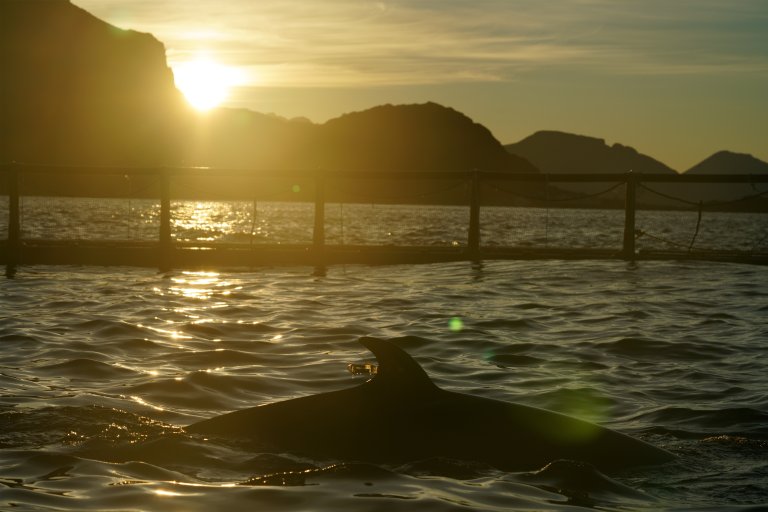
PRESS RELEASE July 2024:
This season, two additional whales had their hearing successfully tested, bringing the total number of minke whales (Balaenoptera acutorostrata) tested to four. Satellite tags attached to both whales show that the animals have continued their journey into the North Atlantic following release.
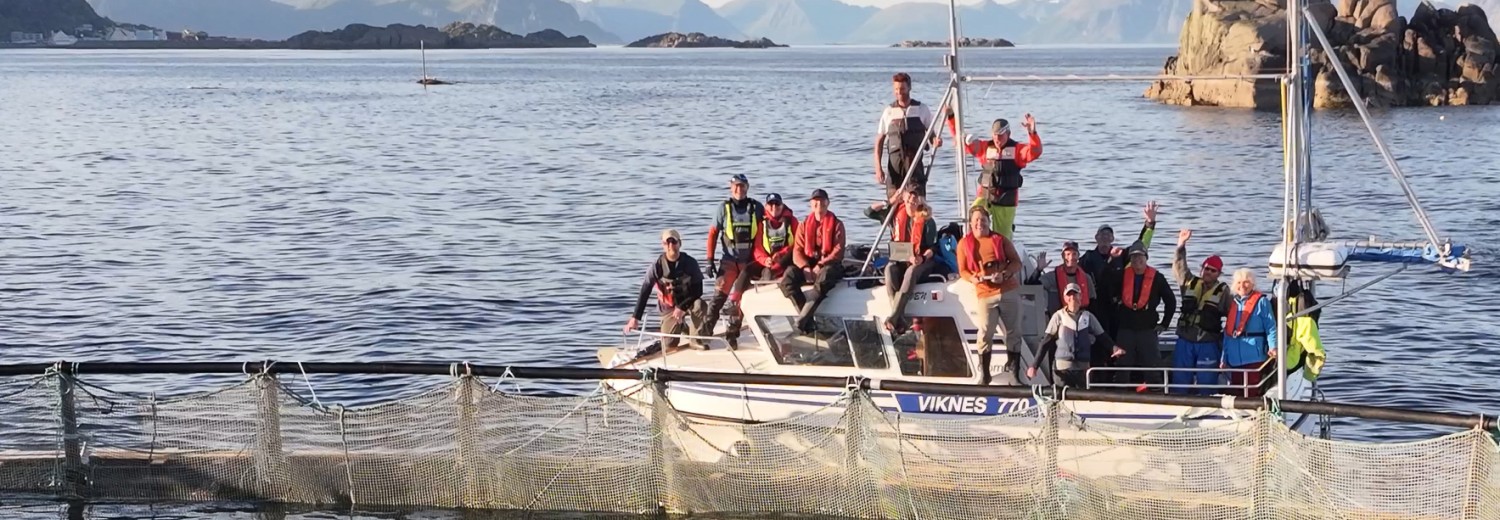
The 2024 season of the SOST minke hearing study has come to an end, and the project has completed its data collection.
The project concluded by achieving the first direct measures of hearing range and hearing sensitivity in a baleen whale. The data collected by the team will help regulators, conservationists, and scientists manage the impact of human-caused ocean noise on baleen whales by providing information on the frequencies of noise that should be considered as potentially harmful. Updates on the season’s results will soon be posted to www.nmmf.org and www.ffi.no.
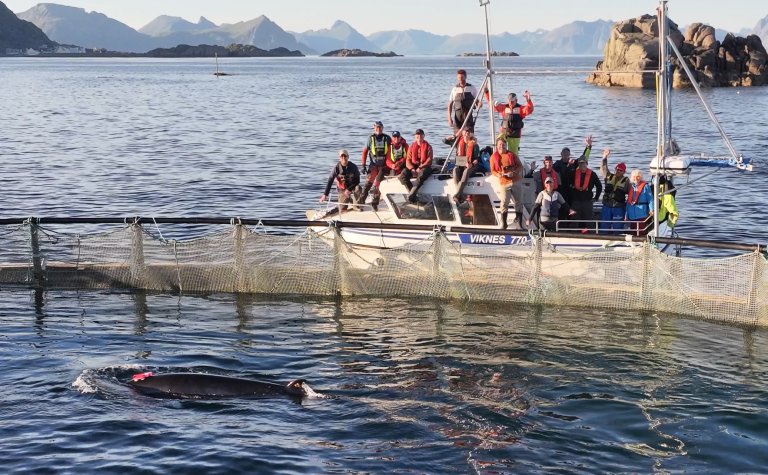
PRESS RELEASE July 7. 2023:
The scientific team collecting first-ever measures of hearing in baleen whales has concluded its third field season in Norway.
The multi-national team now has data on the hearing abilities of two minke whales.
The team was particularly pleased that they were able to assist the first whale, which had a fishing net entanglement around its upper rostrum. Without their intervention, the whale may not have survived.
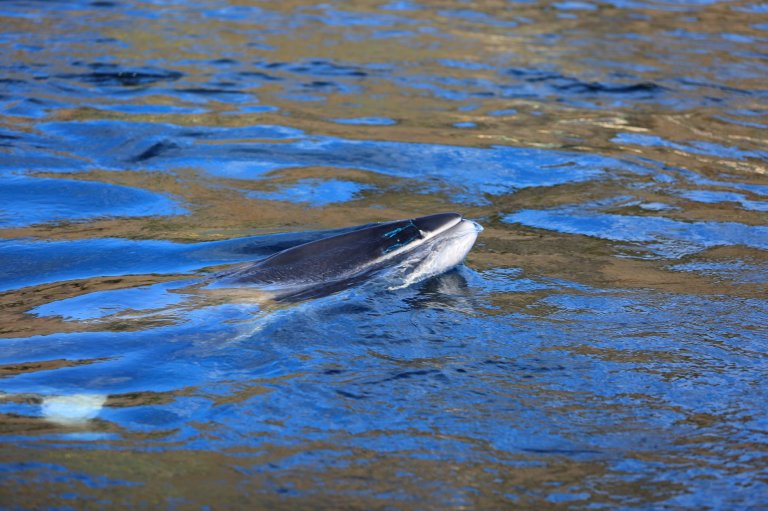
Why do we do it?
Over the last century, humans have increasingly put sound into the ocean. Human-made sound, or anthropogenic sound, is intentionally used to explore the ocean floor, to search for oil, in scientific research, in fisheries, and for military purposes (e.g. sonar).
A dramatic increase in the use of cargo ships for transporting commercial goods and a proliferation of recreational vessels have also contributed to an increase in ocean sound in many parts of the world. Because sound travels efficiently through water, sounds produced in the ocean can travel great distances and can be detected thousands of miles away from the source of the sound if the sound is of a sufficiently high level.
Baleen whales, otherwise called mysticete whales, are the largest animals on earth.
These whales filter feed using baleen, which is a feathery, filter-like comb structure within the mouths of the whales. Baleen whales rely on sound to communicate, forage, and navigate the world’s oceans. Anthropogenic sound can potentially affect a baleen whale’s hearing, change its behavior, and interfere with its ability to communicate, forage, and navigate. It can potentially hinder a baleen whale’s ability to hear and avoid ships, and chronically high levels of sound might elevate levels of stress hormones that affect a whale’s health and ability to reproduce.
In short, baleen whales have a low rate of producing calves. To reproduce they need to communicate over large distances. There are reasons for concern that anthropogenic noise has the potential to negatively affect baleen whale populations. In order to assess this we need to understand what they are hearing.
Anthropogenic ocean noise covers a broad range of frequencies (i.e., from low to high pitches); whales might not be able to hear some of these frequencies of sound, but other sounds might occur at frequencies to which whales are very sensitive. Understanding what a whale can hear is the first step in determining what kinds of anthropogenic ocean noise might affect them, and how.
This knowledge ultimately helps in the development of measures to protect the whales from ocean noise. Importantly, no test of the frequencies that baleen whales can hear has ever been successfully performed, and the hearing abilities of baleen whales have only been estimated from ear anatomy and observed behavioral responses to sound exposure. As a result, the SOST Interagency Task Force on Ocean Noise and Marine Life has identified a lack of knowledge about baleen whale hearing as a critical impediment to protecting baleen whales from ocean noise.
The National Marine Mammal Foundation (NMMF) in collaboration with the Norwegian Defense Research Establishment (FFI) is leading an effort to acquire the first audiogram (hearing sensitivity curve) for a baleen whale. The research is funded by the SOST Interagency Task Force on Ocean Noise and Marine Life.
The effort will provide the first direct measures of hearing across frequency in any baleen whale and will be a step toward addressing a knowledge gap that is critical to protecting baleen whales form anthropogenic ocean noise.
How do we do it?
The project will take place over several years in northern Norway during the late spring and early summer. During this time, the smallest of the baleen whales, the minke whale (Balaenoptera acutorostrata), migrates northward to Arctic waters. The research team will perform a catch-and-release study in which adolescent minke whales will be caught and temporarily held within a natural body of water barricaded by nets. The whale will then have its hearing tested by using auditory evoked potential (AEP) methods. After the test, the whale will be released to continue its migration.
The AEP method monitors electrical signals produced by the brain when it hears a sound. These tests are regularly performed on newborn human babies, and are also now a commonly used veterinary tool for testing the hearing of dolphins, porpoises, and other small whales. The hearing tests with minke whales will be conducted by NMMF scientists, who have extensive experience in performing these types of tests and are world leaders in the study of marine mammal hearing.
Adolescent minke whales will be targeted for this study. Adolescent minkes range from 3-5 m in length and are similar in size to adult beluga whales, for which the AEP method has been successfully used many times. Testing with the smaller individuals makes handling the whale easier and increases the chances of successfully performing the hearing tests.
Whales will be captured between two small islands that the whales are known to pass between on their migration. Once a whale passes between the islands, the entrances will be blocked with barrier nets. The waterway is large and a whale will have plenty of room to freely swim and dive while contained between the islands. After a marine mammal veterinarian has observed the whale and made a decision that it is healthy for testing, another net that spans the width of the waterway will be deployed between two boats. This net will be slowly maneuvered to direct the whale to an opening in a circular fish farm, which is a large netted enclosure for holding fish. When the whale enters the fish farm, the opening to the fish farm will be closed.
The net of the fish farm can then be pulled up under the whale to create a hammock. This safely limits movement of the whale while also keeping it at the surface so its blowhole is kept above water but the lower body remains submerged. The hearing test is conducted while the whale is in the hammock. During the hearing test the whale is exposed to sounds which are barely audible. After the hearing test is completed, the whale will be released back into the fish farm and then back into the basin. The barrier nets to the basin are then opened so the whale can continue its migration.
Each whale that has its hearing tested will be fitted with a satellite tag prior to its release. This will allow researchers to monitor the whale to ensure that it continues on its normal migration. The tags should allow researchers to follow the whales for several months after testing.
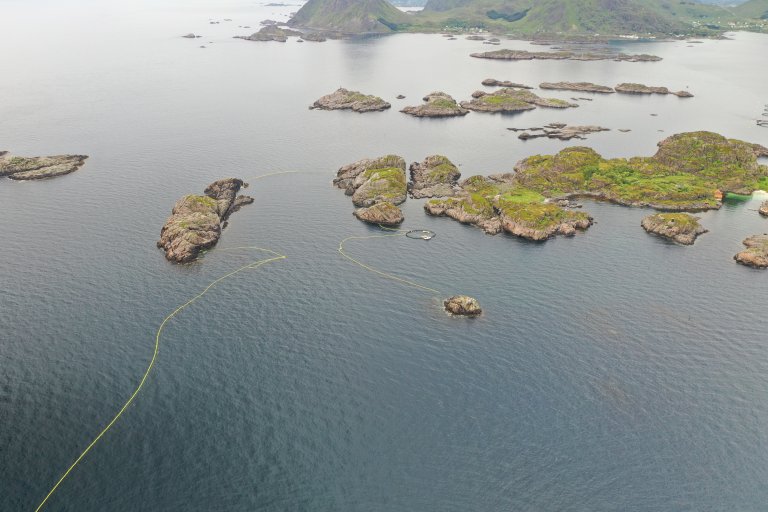
Photo: Espen Wang-Naveen / FFI
Minke Whale Hearing Project
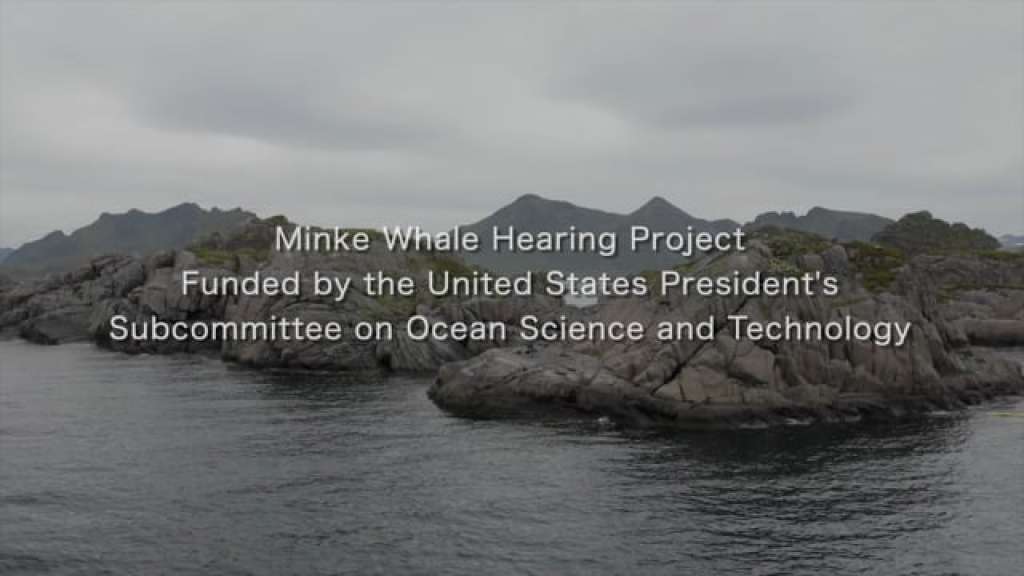
Minke Whale Hearing Project 2021

Minke Whale Hearing Project 2022

